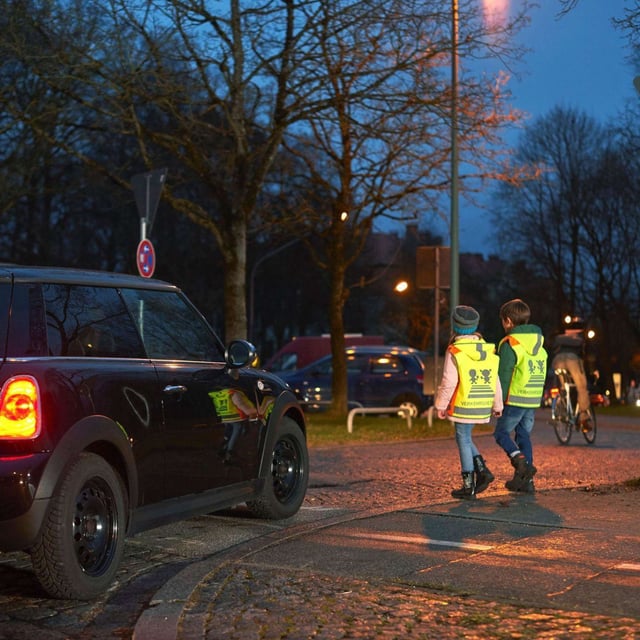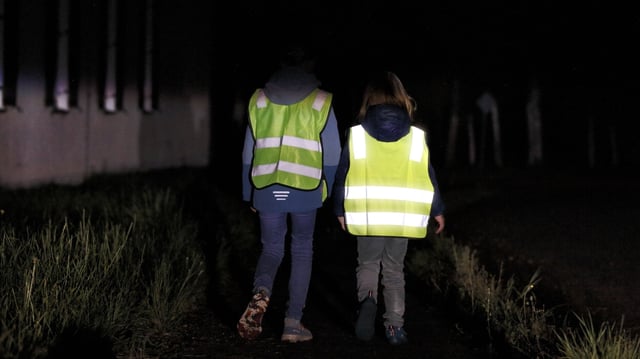Overview
- Independent checks in Germany and Austria found more than half of sampled children’s vests had inadequate reflectivity, with 13 of 25 failing in the ADAC test.
- All five retail-bought models met the norm in both series, while roughly two thirds of online purchases failed, including 11 of 16 from Amazon and 2 of 4 from AliExpress in the ADAC sample.
- ÖAMTC reports that functioning reflective strips can make a child visible from up to 150 meters versus about 25 to 40 meters for regular clothing, as a car needs over 28 meters to stop from 50 km/h.
- Shoppers are advised to use a smartphone light from about three meters to check for bright-white reflection and to look for EN 17353 labeling, which is helpful but not a guarantee.
- There is no legal reflection standard for children’s vests and online offerings were often pricier or sold in multipacks, while a separate US study indicates some driver-assist systems may misread reflective gear.

